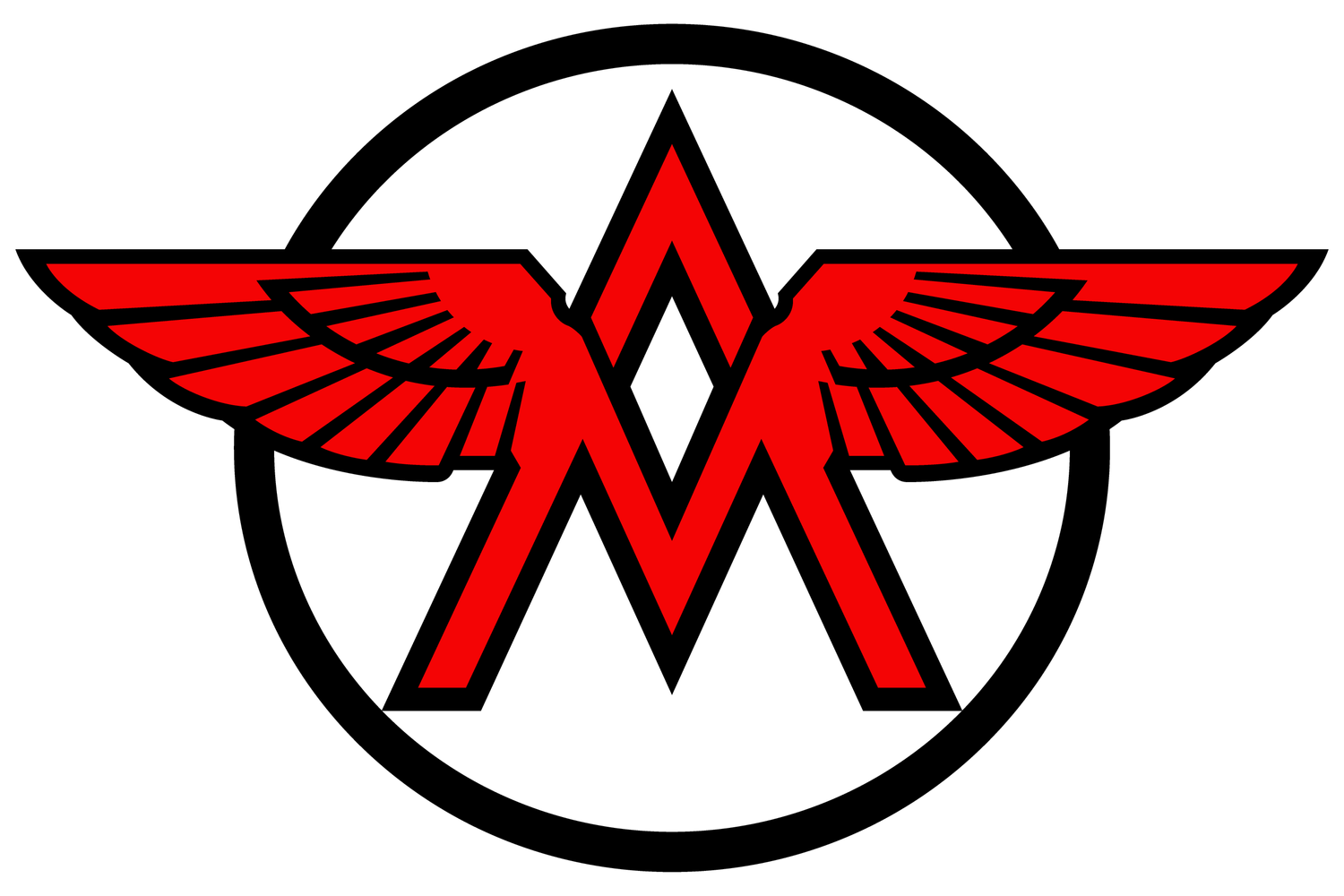Oscar Hedstrom with his prototype racer, what may have been the very first Indian factory racing motorcycle, in front of the Ormond Hotel in late March, 1903
On March 26, 1903, as witnessed by an inaugural crowd of 3,000 Gilded Age elites, the first official races were staged in front of the Ormond Hotel, on the north end of Daytona Beach, Florida. In-between the dunes and the Atlantic, where the hard-packed sand seemingly stretched out to the horizon, three automobiles and a lone motorcycle made record runs for the first time, establishing a long lasting American love affair between speed demons and the beach. The single motorcycle entrant, a young Swedish immigrant named Carl Oscar Hedstrom, a former cycle racer and aspiring engineer, had already established his place in American motorcycle history as one of the cofounders of the Hendee Manufacturing Company, makers of the legendary Indian motorcycle. By 1903, Oscar Hedstrom’s partnership with George Hendee had been notarized and production had been underway for nearly 3 years, the pioneer America motorcycle company having produced nearly 150 machines by that point. However, the machine Hedstrom took to the beach in 1903 was not a stock production Indian but what could quite possibly be the first of a long line of prototype amalgams, built specifically for the highest possible speed, and badged with the iconic moniker of Indian.
Hedstrom constructed this one-of-a-kind motorcycle from components off of one of his three Typhoon motorized tandem pacers, the machines which sparked his relationship with his partner at Indian, George Hendee at the turn of the 20th century. These tandem pacers, or stayer’s as they were also known, were the two-man operated lightweight motor-bicycles that Hedstrom built along with his cycling partner C.S. Henshaw a few years prior. The new prototype that Hedstrom derived from one of the tandems was powered with the same retooled DeDion engine, but was setup for a single rider like Hedstrom’s civilian Indian allowing him to tuck in tight and low for the highest speed. Like the Henshaw/Hedstrom tandems, this new motorcycle was powered by a 3 1/4HP French DeDion-Buton engine, though most likely reworked, retooled, maybe even recast given prior engineering ideas developed by Henshaw, Hedstrom, and Frisbee. The frame seems to be at least partially taken, at least the rear section, directly from one of the Typhoon pacers, but coupled with a loop style down tube. The first 9 years of production Indian’s civilian lineup were constructed with a straight angled, bicycle-style frame known better as a diamond frame, this machine marks the first appearance of a more streamlined loop style, but it also illustrates Hedstrom’s trend of saving the more elite designs for his thoroughbred racing prototypes.
Hedstrom’s 1903 land speed machine also featured a fuel tank similar, if not simply carried over from the Typhoon tandems, but now proudly brandishing the makers mark of Indian, hand painted boldly across its side and a saddle tucked in tight just above. The dropped handlebars and rigid front fork was also kept from the Typhoon tandem, a look that that would become a signature in the coming decades as Indian machines dominated the racing world inside America's motordromes. Another feature of this special machine that would carry over into later racing models were the electrical components, being housed in long cylinders atop the frame as opposed to on the down tube like Indian’s production models. Onboard this very special milestone machine Hedstrom gave quite a performance, setting an American speed record of 57 mph, and setting a new land speed record for the American mile in just 1 minute, 3 seconds. In the years following Ormond Beach hosted the world’s motorsport elite as the crowds poured in. In the first decade of the 20th century the annual Carnival of Speed swelled in size, the Ormond Garage was soon constructed along with a racers clubhouse, and the little town on the north end of Daytona became the center of the racing universe for decades to come, earning Ormond Beach its title as the birthplace of speed.

